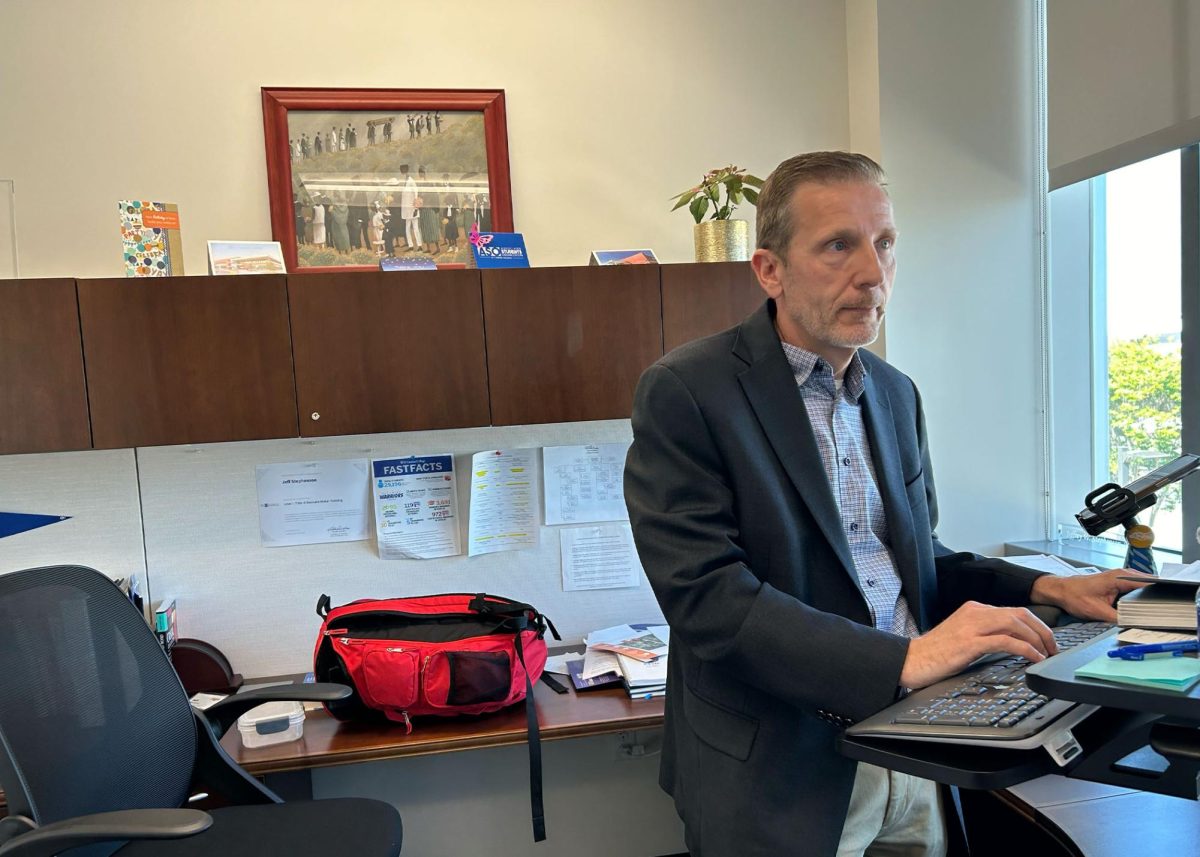With a towering stance, his barrel-chest, squared jaw and washed-out green hue depict the creation present in author Mary Shelley’s novel “Frankenstein,” which inspired a legion of writers.
This larger-than-life fable character influenced over 200 years of reincarnations, which were commemorated through panel discussions, workshops and screenings at El Camino College at the Marsee Auditorium on Saturday, Oct. 14.
The theme surrounding the event was to “make the connection between art and science,” Betty Sedor, director of community education, said. “I decided that the perfect thing to do would be (to throw the event). It’s the 200 year anniversary of the publication of the novel ‘Frankenstein’ by Mary Shelley.”
The event was hosted a day after Friday the 13th— a Halloween-adjacent date— and was met with a diverse age turnout comprised of five to 40-year-old attendees.
The event entrance fee was $10 for adults and $5 for children over the age of eight.
The patio outside of the Marsee Auditorium launched a set by DJ Jenny Nono, who played a slew of Halloween-esque music. The music ranged from pulsating electronica to shrieking riffs of horror punk rock music.
Along with the music was a collage of Halloween inspired images projected onto the side of the building facing the orange and yellow color-coordinated pulpy bean bags.
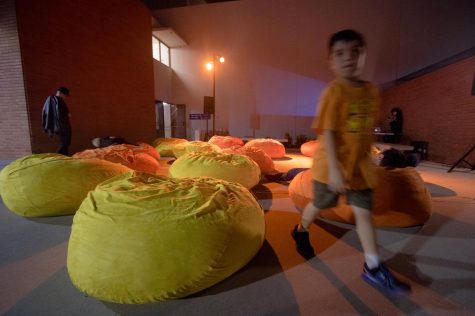
Also available was live screen-printing by an independent screen printing company from San Pedro, “Calimucho.” They offered free print jobs for anyone who brought a T-shirt or other items containing cotton fabric.
The print graphic was a daunting image of Frankenstein from the 1931 film of the same name by James Whale, with the text print on the top reading “Frankenstein 200” and on the bottom “It’s Alive.”
Pre-made T-shirts and tote bags of the same graphic were on sale as well.
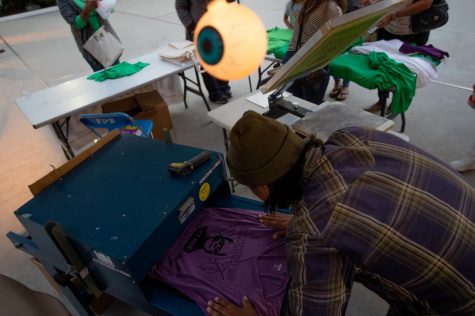
Sitting adjacent were makeshift laboratories with members of the EC Chemistry Department wearing, as a uniform, green “Frankenstein 200” T-shirts. In order to engage, attendees the staff could use simple chemistry, of which any level of experience could partake.

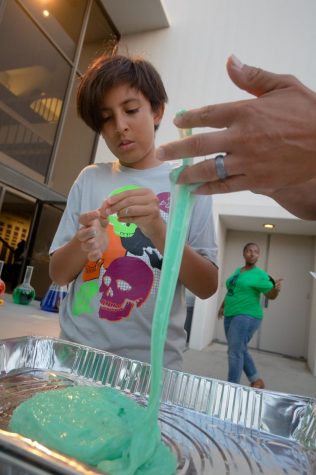
In contrast, while the maker stations devoted time to showcasing the science inspired by Frankenstein’s alchemy, they were only a fraction of what was inside of the auditorium, which steered the focus onto the art aspect.
Inside, the first black and white 1931 film of “Frankenstein” was shown to audiences, followed by a panel discussion about the movie and novel.
The panel discussion signified an effort to deconstruct and analyze the themes surrounding the Frankenstein monster.
Panelists included Fuson Wang, who was the host who lead the discussion, Chelsea Henson, who has an expertise in “monster studies” with a medieval slant, Jim Towns, filmmaker and Teresa Palos, EC biology and microbiology professor.
The only activity that required hopping into a white van in the front of the Marsee Auditorium was the interactive art installation located at the MBBM Building in room 137.
The “Diodati Revisited” is an interpretation of the Villa Diodati in Switzerland, where Mary Shelley’s conceived the idea for her novel “Frankenstein” during the summer of 1816.
The room was dark and the only source of light were fluorescent LED light tubes, in which the minimalist structure was built on. Placed meticulously in the middle was a slab where a pen and knife laid parallel to each other.
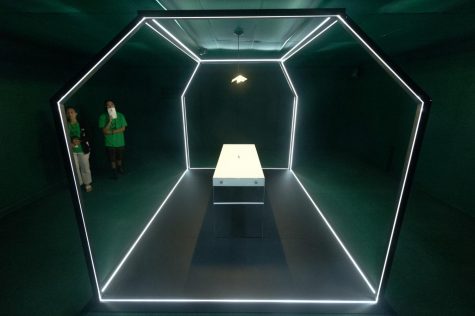
Ominous noise like a pulseless electric activity with an underlying sound of heavy rain came out of the alternative space which was intended for creatives, according to Sedor, who curated the event.
She hoped people felt inspired to create art like Shelley’s in the space.
It will stay open on Fridays and Saturdays until 2018.


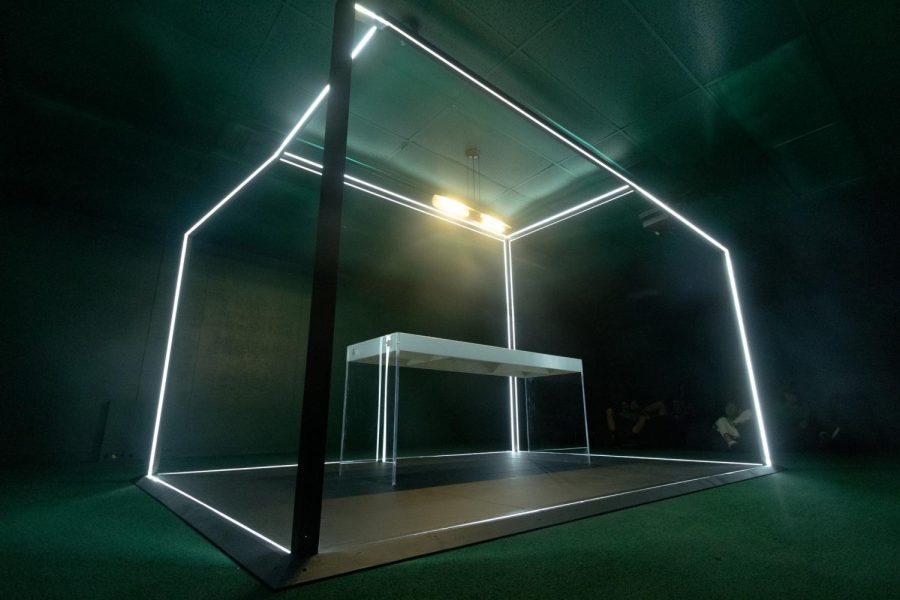
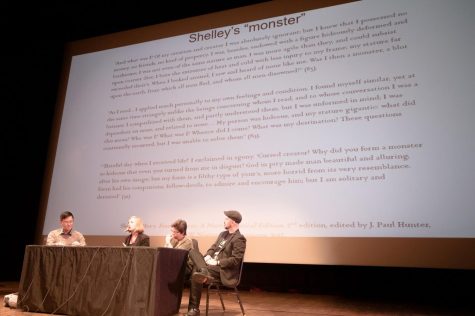

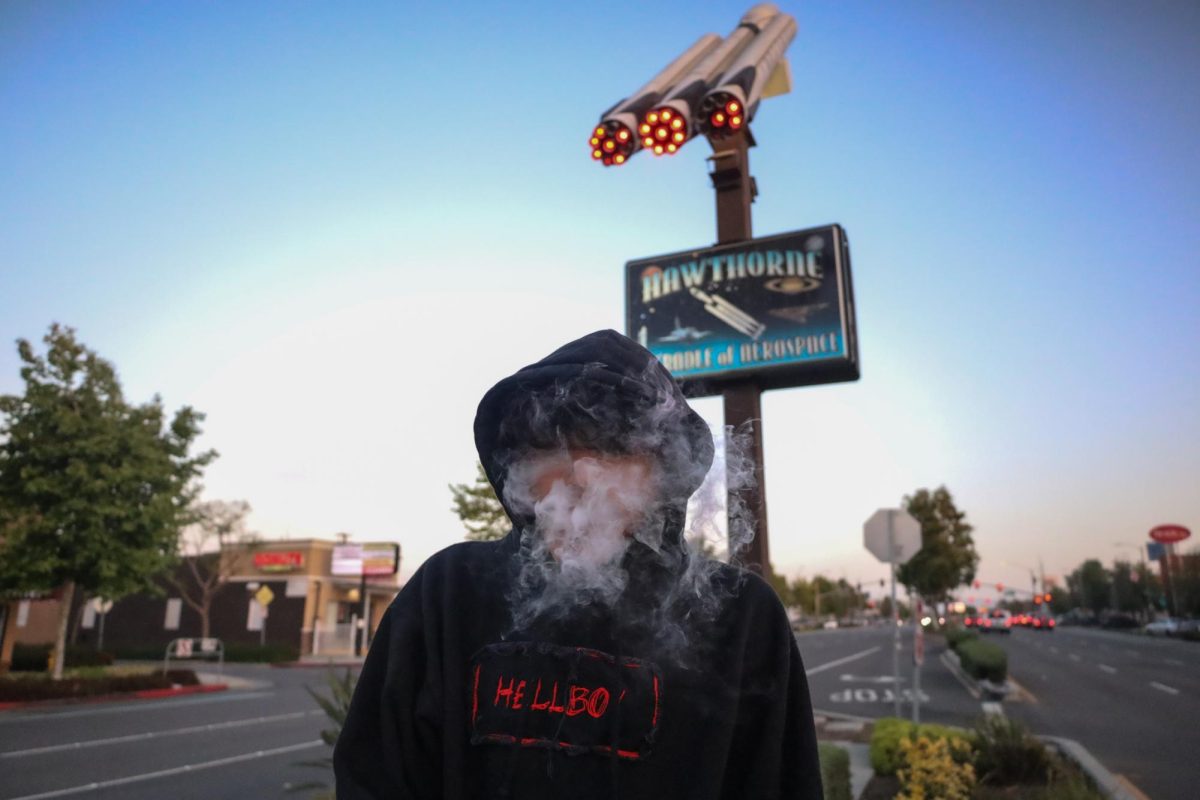
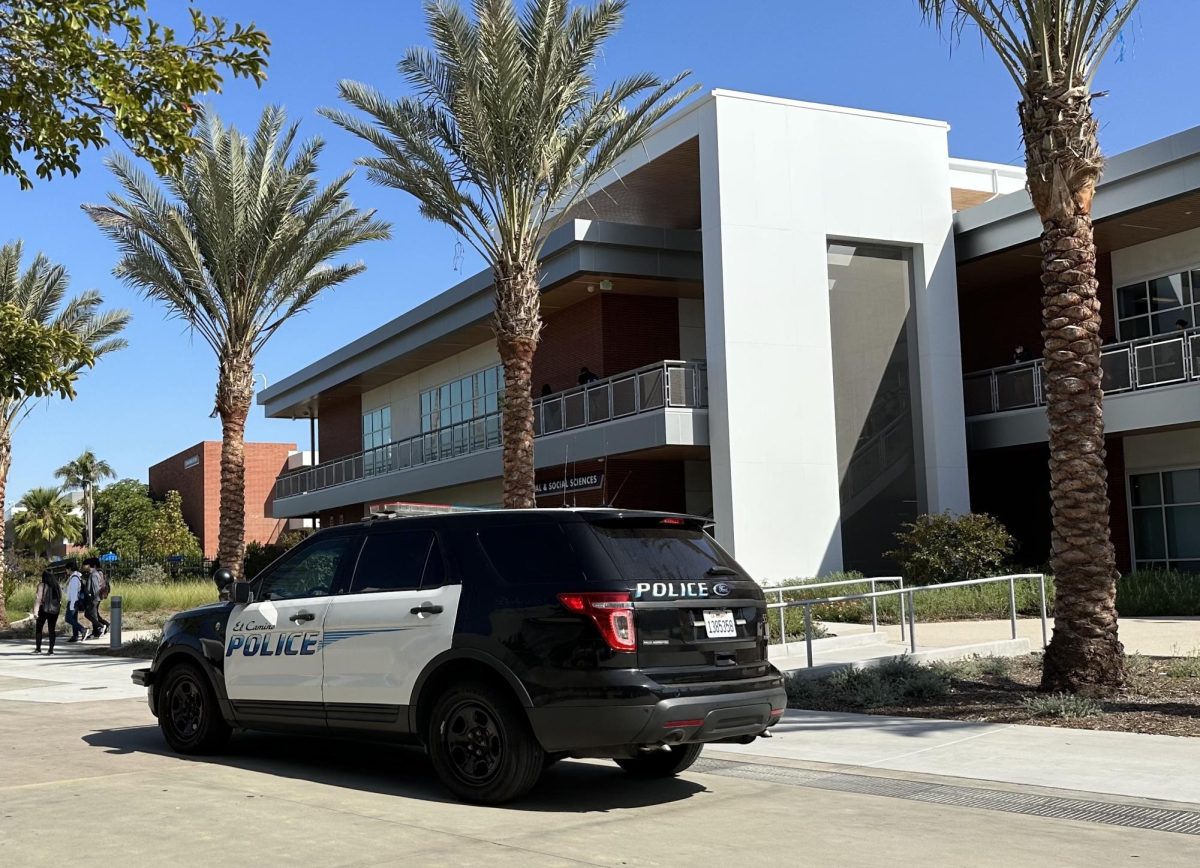

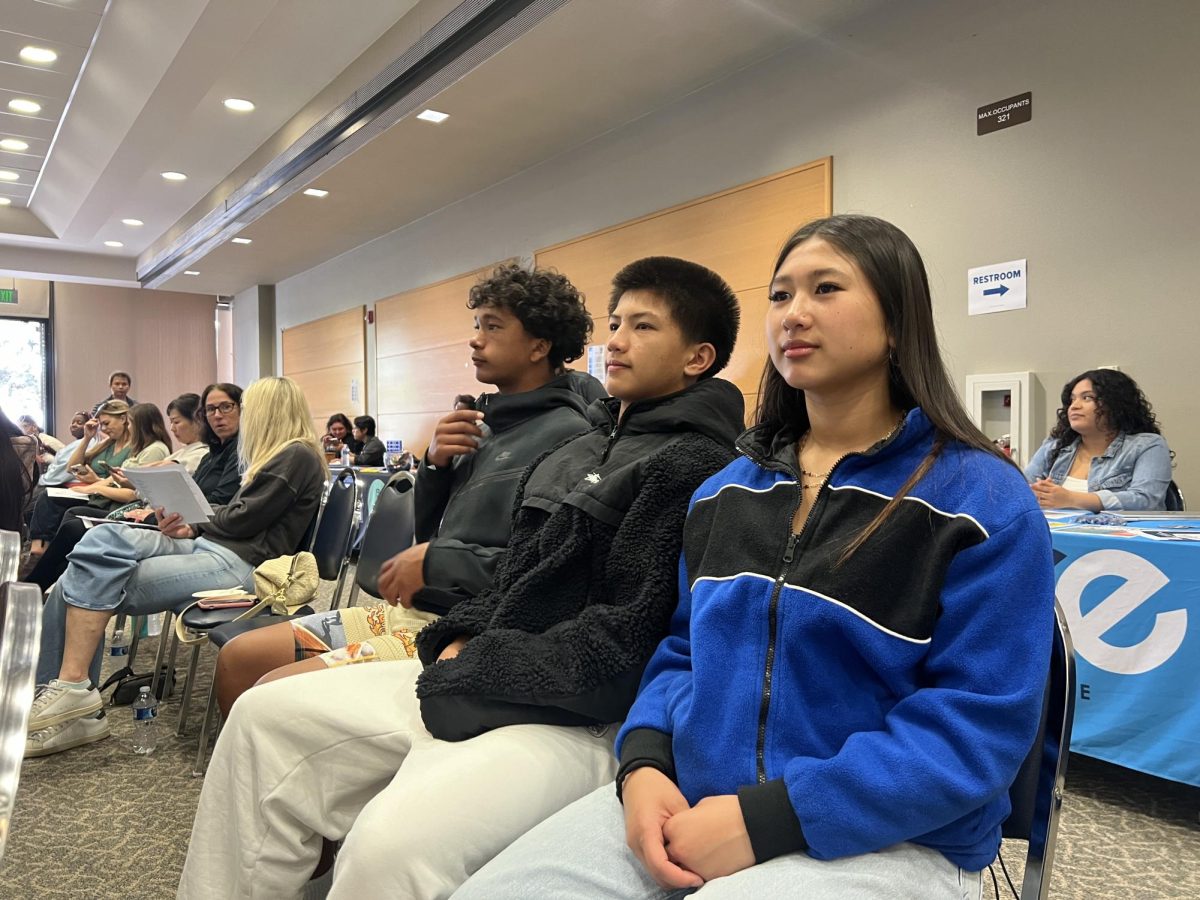
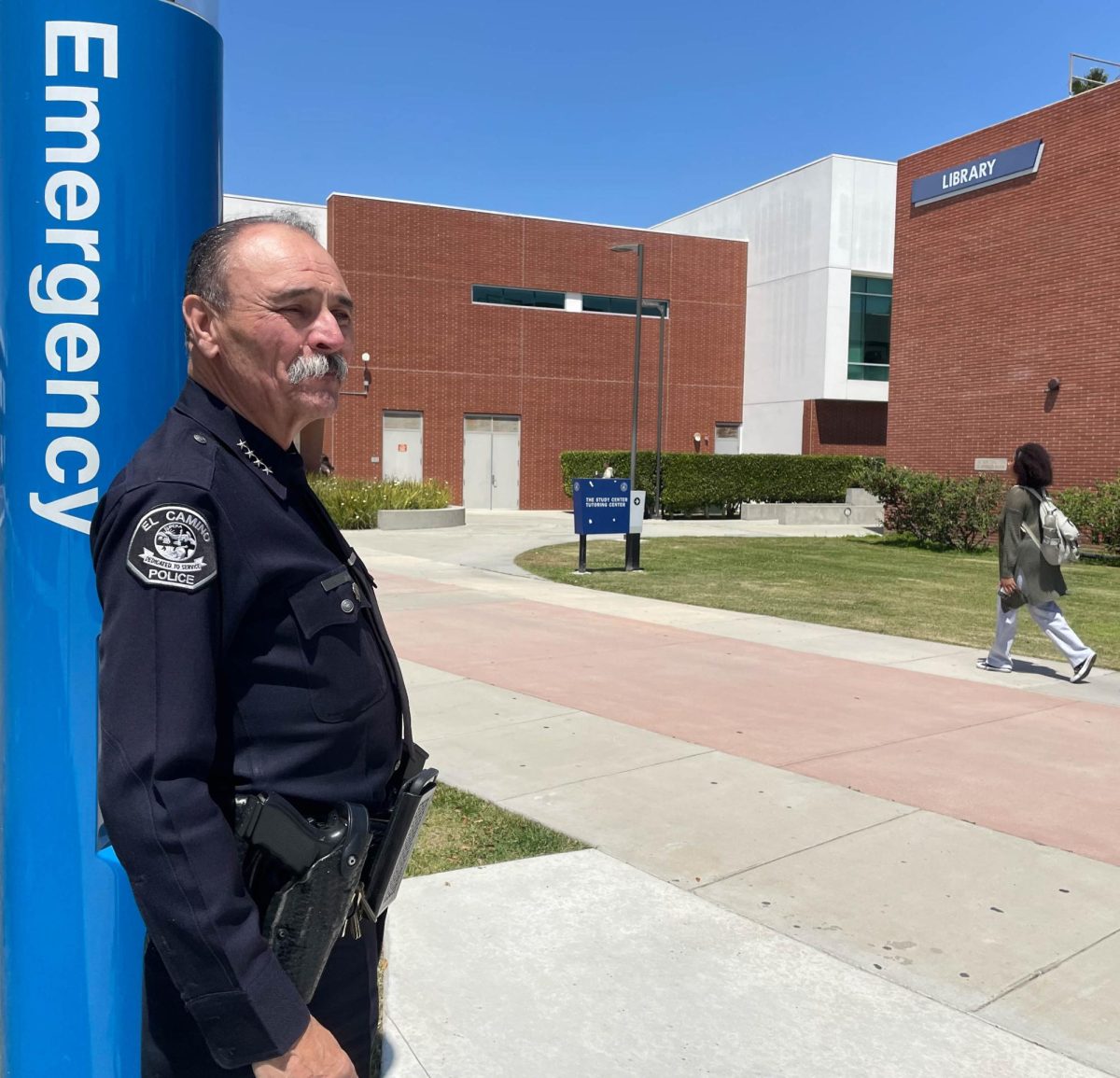


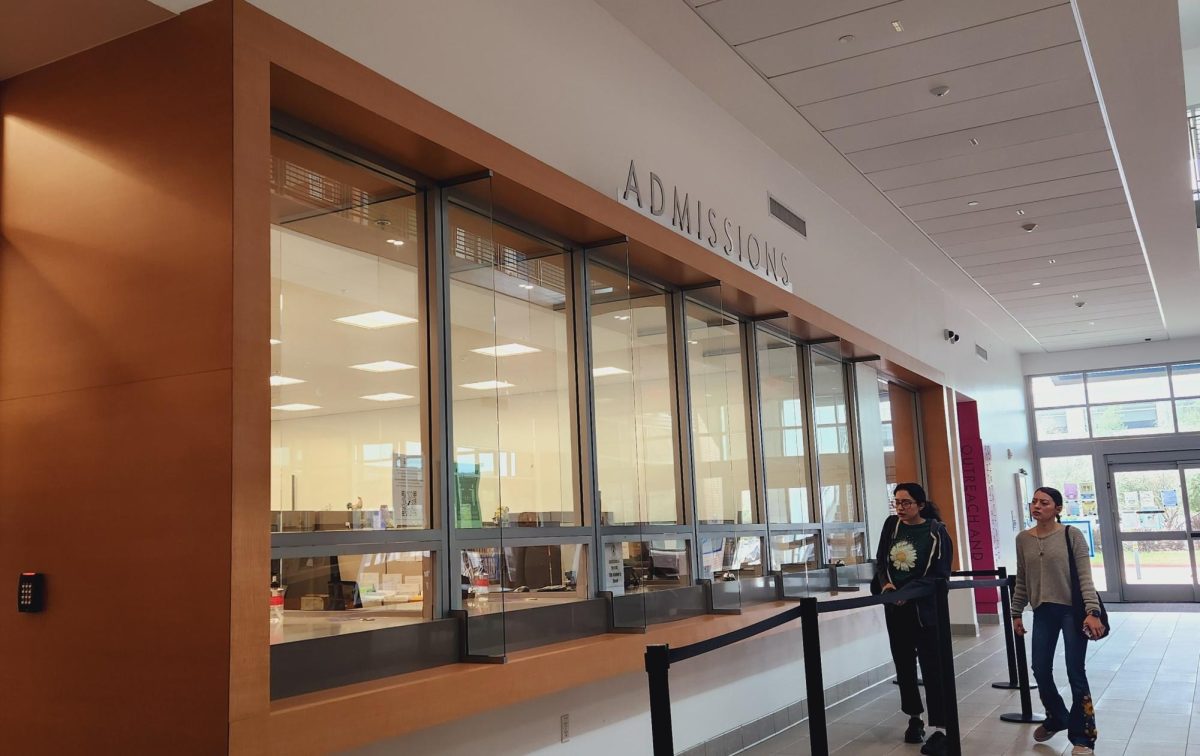

![A United Airlines jet takes off from Los Angeles International Airport on May 15. From Jul. 15 to Aug. 4, El Camino students will study in Madrid, Spain. “Once students understand the little elements [of Spanish culture] that are different, they start to appreciate Spanish culture,” Study Abroad Program Director Xocoyotzin Herrera said about the effects studying abroad has on students. (Raphael Richardson | The Union)](https://eccunion.com/wp-content/uploads/2024/06/J8-KATIE-1-1200x800.png)
